What is it? With upper crossed syndrome the muscles of the shoulders, neck, and chest have become deformed. Specifically, the muscles at the base of the skull (suboccipitals) and chest (pectoralis major & minor) have become shortened, tight, overactive and strained. The reverse occurs for the muscles at the front of the neck (deep neck flexors) and upper back (middle trapezius, serratus anterior & rhomboids). These muscles become weak and lazy. The condition gets its name from the “x” shape that develops when regions of overactive and underactive muscles overlap.
Do I have it?
Seek advice from your Chiro or Physio, better not to self diagnose with Dr Google.
That being said common symptoms include;
- headache
- neck pain and/or restriction of movement
- chest pain and tightness
- sore shoulder blades .
How do I prevent it?
Most cases develop through poor posture, specifically sitting or standing with the head forward for prolonged periods (computer work, driving, looking at your phone, reading).
Prevention of upper crossed syndrome, therefore should include;
- limiting time on the above activities, or finding another way to do them (a standing desk rather than a traditional desk for example)
- if you can’t avoid these activities make sure you’re taking breaks every 15-20 minutes
- getting enough cardiovascular exercise, ideally 30 minutes daily from low-impact activities, such as walking or swimming. Walk to work, or go for a walk on your lunch break if you’re time poor
- doing stretches that target sore muscles of the posterior (back) neck, shoulders, and chest
- doing strengthening exercises to target weakened muscles in the anterior (upper front) neck and lower shoulders
- making sure the steering wheel, book, TV, or computer screen is sitting at a level that keeps you head over your shoulders – not in front of them
- using a single pillow that retains its shape
To chat with one of our Human Movement Co. professionals, book online today!


Comments are closed.